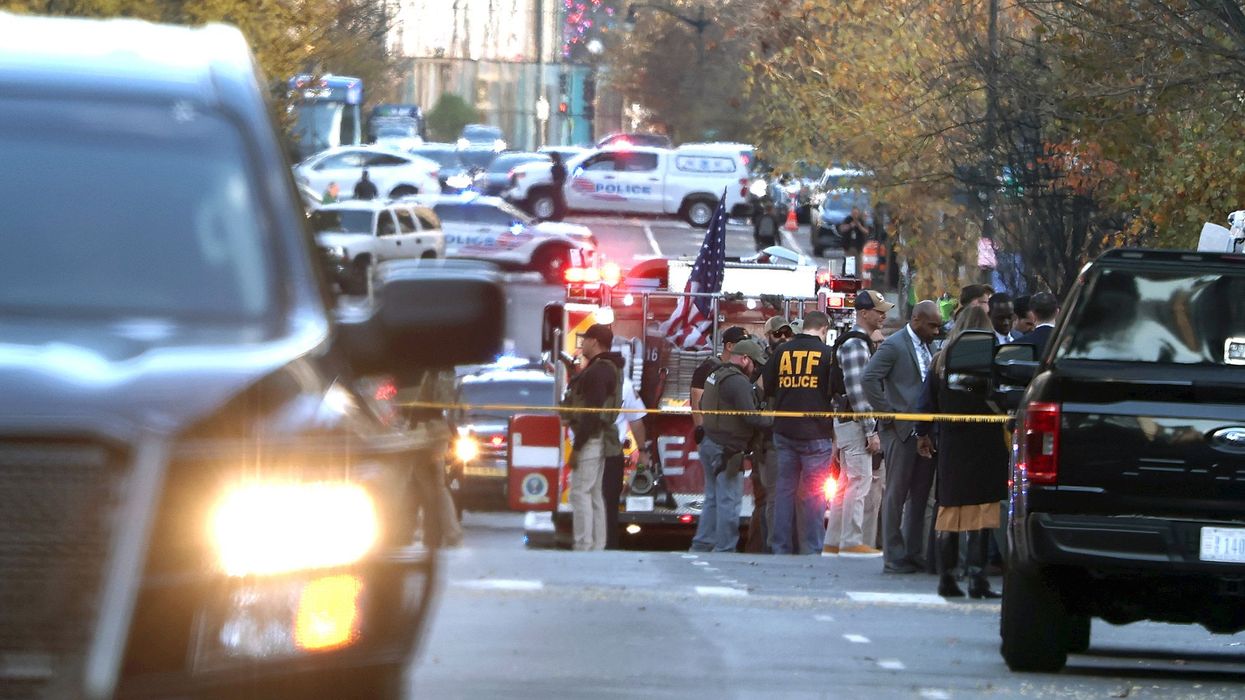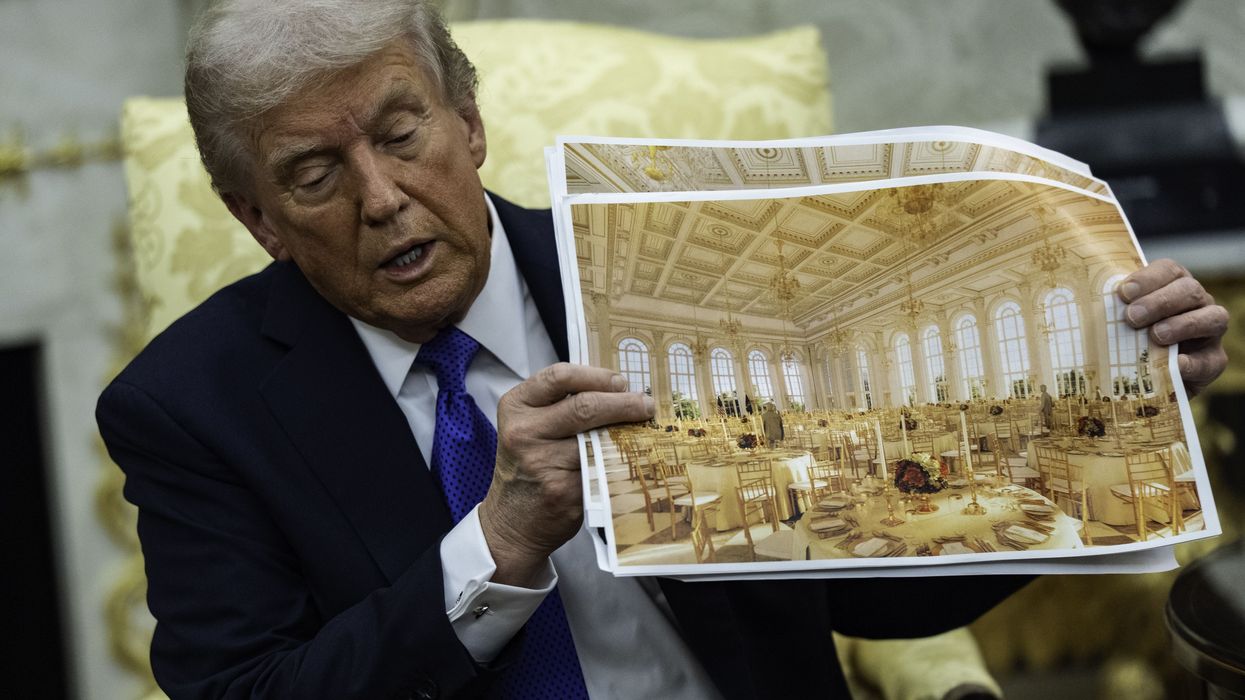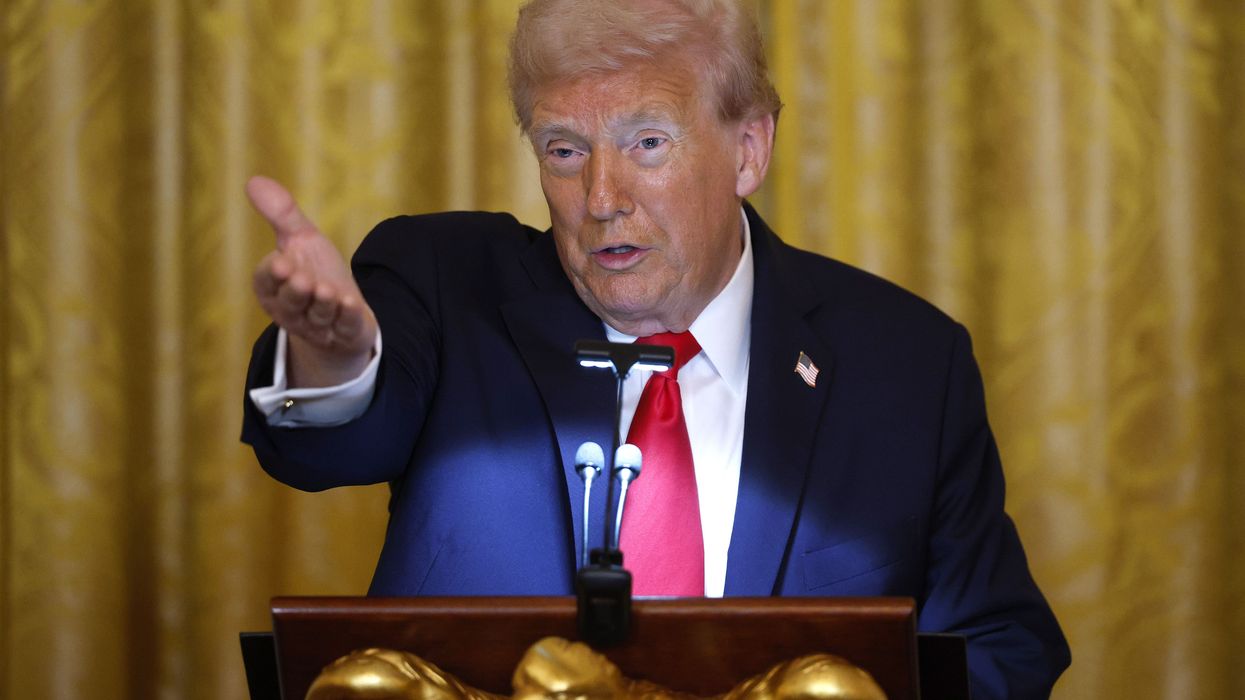2 National Guard Troops Shot Near White House
West Virginia's governor initially announced that both members of his state's National Guard "passed away from their injuries," but he then said that "we are now receiving conflicting reports" about their condition.
This is a developing story… Please check back for updates…
Two National Guard members and one suspect were shot on Wednesday afternoon near the White House in Washington, DC.
Vito Maggiolo, the public information officer for the District of Columbia Fire and Emergency Medical Service Department, confirmed that first responders transported all three people from the scene to the hospital, and unnamed law enforcement officials told multiple media outlets that the Guard members were in critical condition.
West Virginia Gov. Patrick Morrisey wrote on the social media platform X that "it is with great sorrow that we can confirm both members of the West Virginia National Guard who were shot earlier today in Washington, DC have passed away from their injuries." However, he then said that "we are now receiving conflicting reports about the condition of our two Guard members."
Multiple agencies responded to the shooting on 17th Street, between I and H Streets—which briefly grounded flights at Reagan National Airport and put the White House on lockdown. President Donald Trump is in Florida, and Vice President JD Vance is in Texas.
Trump said on his Truth Social platform that "the animal that shot the two National Guardsmen, with both being critically wounded, and now in two separate hospitals, is also severely wounded, but regardless, will pay a very steep price. God bless our Great National Guard, and all of our Military and Law Enforcement. These are truly Great People. I, as President of the United States, and everyone associated with the Office of the Presidency, am with you!"
According to the Washington Post, US Secret Service spokesperson Anthony Guglielmi said the shooting had "no known direction of interest towards the White House other than the location at this time," and agency members at the scene did not fire shots.
ABC News noted that "the National Guard was deployed to the nation's capital as part of President Trump's federal takeover of the city in August. According to the most recent update, there are 2,188 Guard personnel assigned to DC."
US District Judge Jia Cobb, an appointee of former President Joe Biden, ruled last week that the deployment in DC is illegal and must come to an end, but she gave the Trump administration until December 11 to file an appeal.


